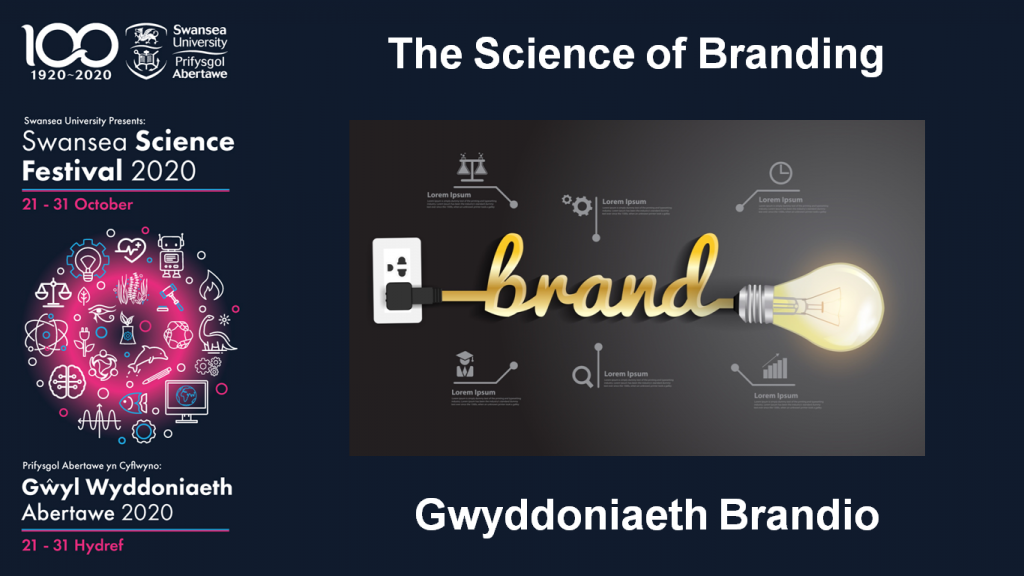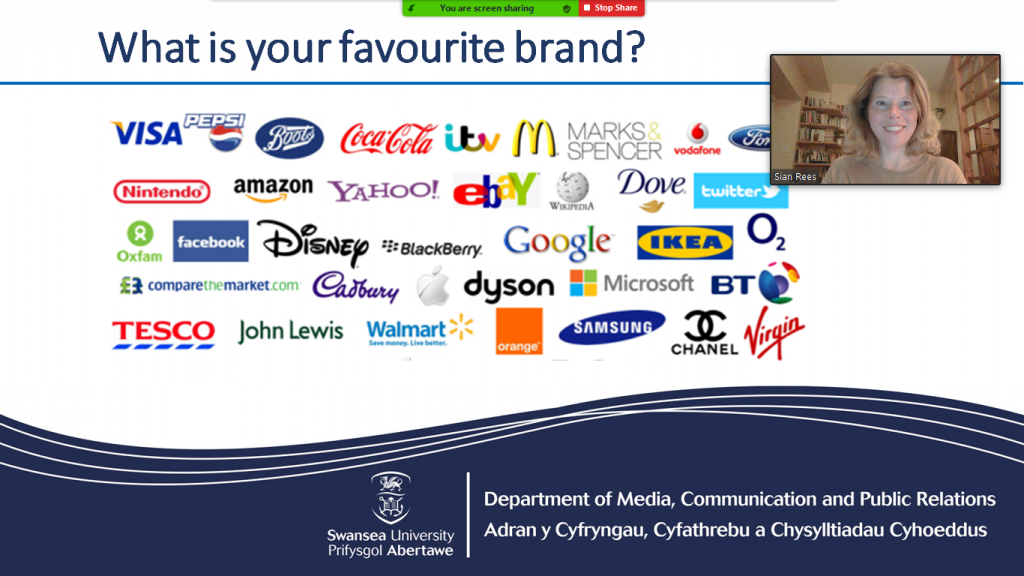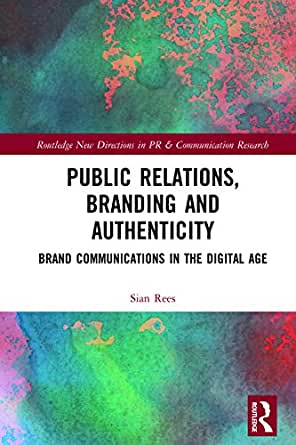As part of the Swansea University Science Festival, our Head of department Dr Sian Rees offered some technical insight into the world of branding. In this piece she asks what makes us buy what we buy, and how brands make us feel…
I took the plunge this weekend (25 October 2020) and volunteered myself to give an open lecture as part of the Swansea University Science Festival. Whilst I am a Dr (of branding and PR), I am by no means a scientist, but I rather provocatively put forward a talk on The Science of Branding. I wanted to get people thinking about why we spend more money than we need to for branded goods and why we are happy to wear branded clothing and turn ourselves into walking adverts for a range of products. What is this magic (or science) behind branding?

The Cambridge English Dictionary (2020) defines science as ‘a particular subject that is studied using scientific methods’ so I decided to present a study of brands using a scientific approach. Firstly, let’s consider origins (which is where Charles Darwin started). Essentially branding is all about identifying the producer of a product and comes from literally marking cattle with a hot brand to make a mark. In the late 1800s and early 1900s, however, the rise in mass production, mass communications methods (print and radio), mass transportation (railways and cars) and mass consumerism (people with spending power) had saw the development of the modern concept of branding, with companies like Campbell’s, Heinz, Coca-Cola and Quaker Oats introducing brand identities to reassure consumers about the new phenomenon of mass-produced products and identify the manufacturer behind these goods.
The second area of science I wanted to explore was the nature of brands. So to do this we can deconstruct brands into their component parts and this helps us to understand that branding is far more than a mere logo. There is no question that the logo is important. Let’s take Disney as an example. The Disney logo imparts information instantaneously with clarity and brevity, associating meanings of magic, happiness and family through the presentation of one particular image and word (the Disney logo). In addition to this though, we experience brands through environments (Disney World), products (Disney shops), behaviours (happy, smiley Disney employees) and also communications (Disney films, TV, PR and advertising).

The third area of science I focused on was the psychology of brands. Brands affect us psychologically in two ways. Firstly they reduce risk in our decision making around buying. Brands guarantee certain things for us – particular qualities which we can expect to receive for a particular price. We know this instantly the minute we see a logo. We don’t expect a ready meal from Aldi to be as nice as a ready meal from Marks & Spencer for example, but we’re happy with that because it’s cheaper. And then the second area of brand psychology is the emotional pull of advertising and other deliberate brand associations. This isn’t magic. It’s created through carefully crafted marketing and advertising communications messages which link particular emotions to brands. Think of Coca-Cola commercials and you’ll probably start seeing happy people laughing together in groups, or alternatively a Coca-Cola lorry covered in lights at Christmas time. Feelings of family-time and togetherness are deliberately evoked. Sometimes it is other associations that do this, so Nike cleverly uses iconic athletes and sports-stars to make us all believe that we can ‘Just Do It’ if only we wear Nike gear.
And finally there is the construction of models of branding, like scientific modelling and my own Ontology of Authentic Branding which focuses on how corporate social responsibility and responsiveness to the digital environment are at the centre of today’s successful brands. I was delighted with the huge number of questions the lecture evoked at the end and within 24 hours I had received three requests to join research projects by other researchers keen to use my expertise. So perhaps, after all, I did get away with presenting branding as a science, or maybe, it was simply a successful exercise in self-branding – but that’s a whole new lecture for another day!!

Dr Sian Rees’ new book, Public Relations, Branding and Authenticity – Brand Communications in the Digital Age (2020) is published by Routledge.